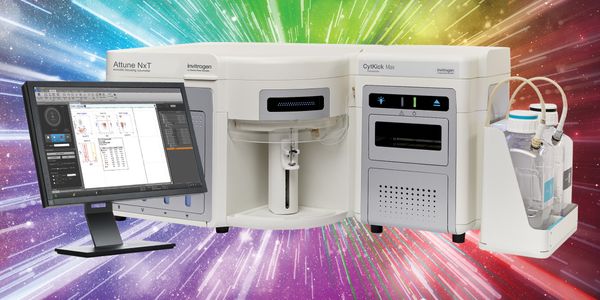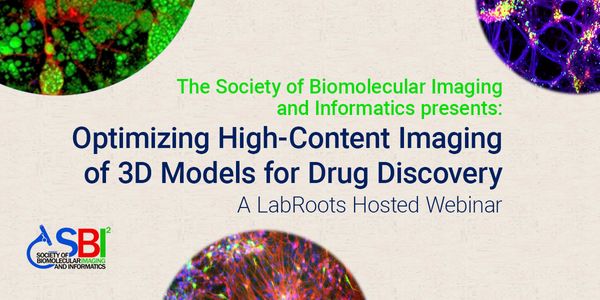Imaging
Imaging: the technique and process of creating visual representations of the interior of a body for clinical analysis and medical intervention, as well as visual representation of the function of some organs or tissues (physiology). Medical imaging seeks to reveal internal structures hidden by the skin and bones, as well as to diagnose and treat disease. Medical imaging also establishes a database of normal anatomy and physiology to make it possible to identify abnormalities. Although imaging of removed organs and tissues can be performed for medical reasons, such procedures are usually considered part of pathology instead of medical imaging.
-
COVID-19 has changed the way companies operate, the way employees perform their work and the way both are adapting to the environment. In this session, we'll cover both macro industry tr...Speaker: Don Alexander, CPC, CFP®Presented at: Drug Discovery & Development Virtual Event Series 2021
As pharmaceutical companies have reduced or eliminated neuroscience drug development due to high costs and low approval rates, the economic and healthcare burden of CNS disorders in the Unit...
Amyotrophic Lateral Sclerosis (ALS) is a neurodegenerative disease affecting approximately 1 in 50,000 people worldwide. About 10% of these cases are found to have a hereditary component, bu...
G-protein-coupled receptors (GPCRs) remain major drug targets, despite an incomplete understanding of how they signal through 16 non-visual G-protein signal transducers (collectively named t...
Speaker:
Reid Olsen, PhD, Pharmacology, Head of GPCR Pharmacology
Presented at: Drug Discovery & Development Virtual Event Series 2021
The COVID-19 pandemic changed all of our lives in 2020. Development of a COVID-19 vaccine required some re-thinking of the standard vaccine development paradigm. The webinar will cover noncl...
Speaker:
Cynthia Rohde, PhD, DABT
Presented at: Drug Discovery & Development Virtual Event Series 2021
There are approximately 2000 distinct lipids which are believed to influence health and disease in humans. Their molecular interplay with genes, proteins and metabolites is strongly affected...
The development of different classes of immunotherapies that target cancer cells continues to be a rapidly growing area of research. The development of diagnostic tests which can predict pat...
Platform based therapeutics and vaccines offer a unique opportunity to simplify and streamline the drug development process. Moderna has taken the approach of harnessing the power of mRNA as...
Speaker:
Joseph J. Senn, PhD, DABT
Presented at: Drug Discovery & Development Virtual Event Series 2021
























